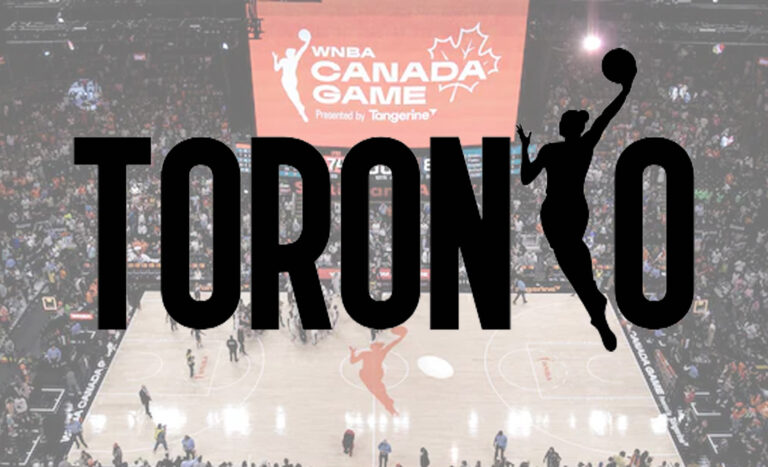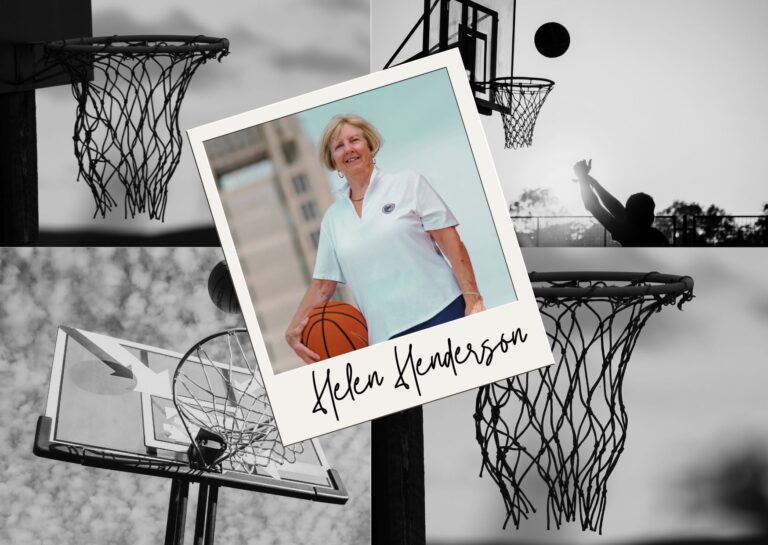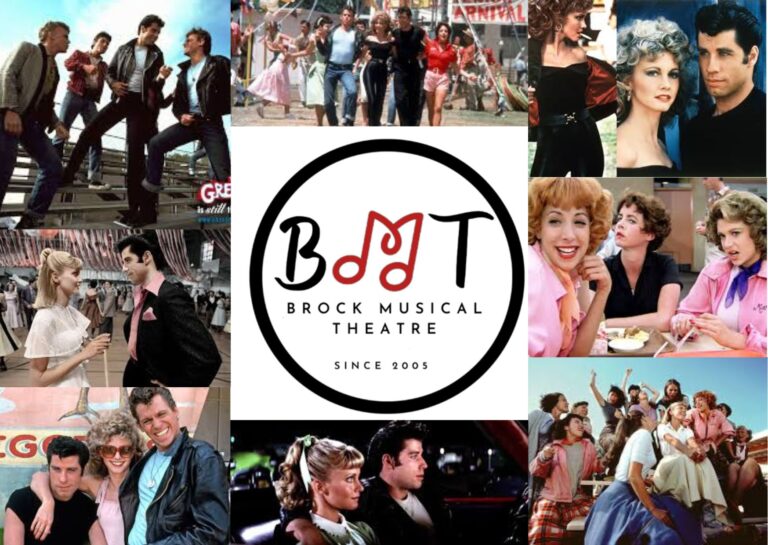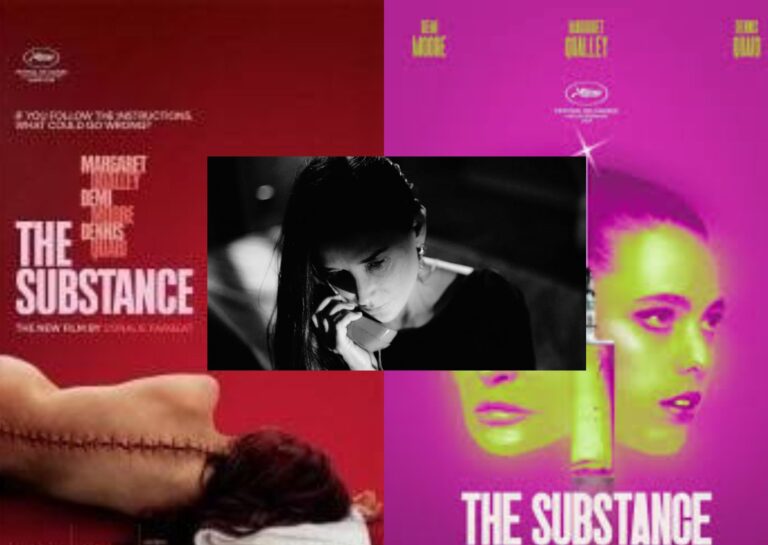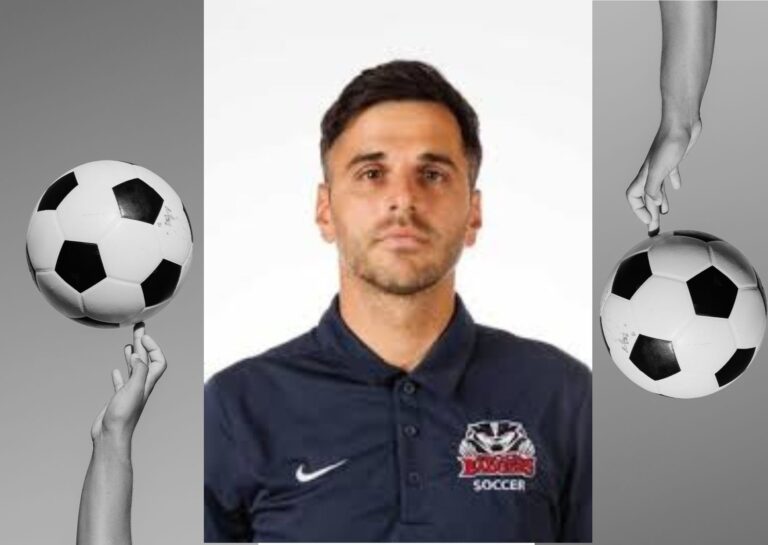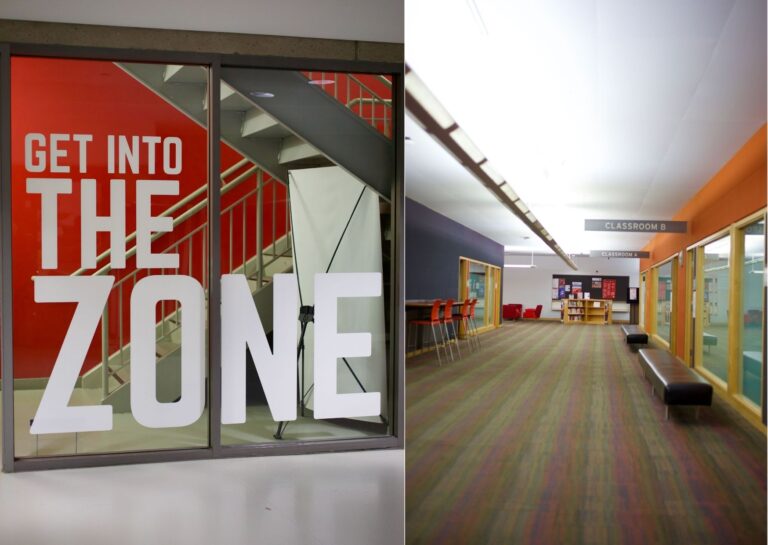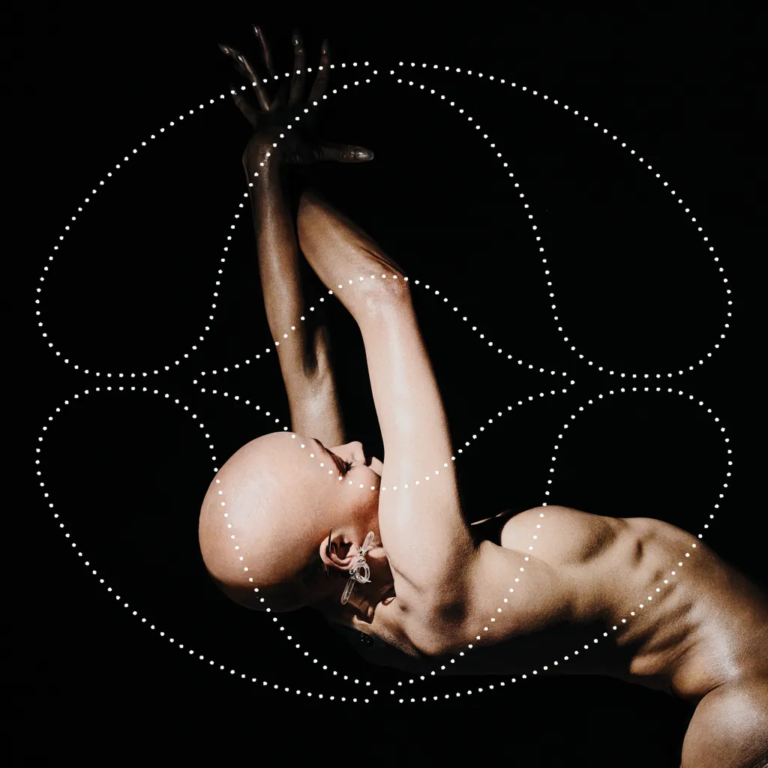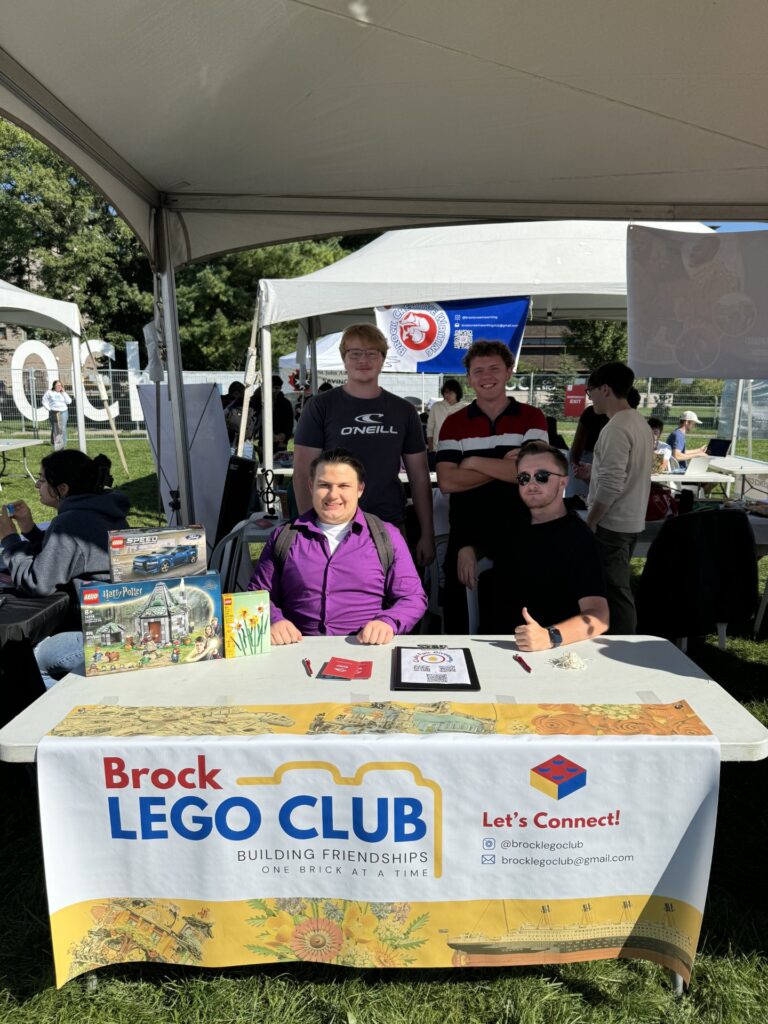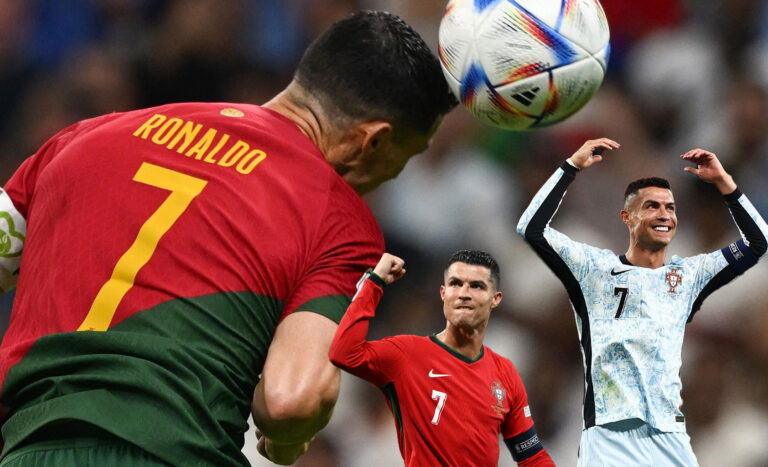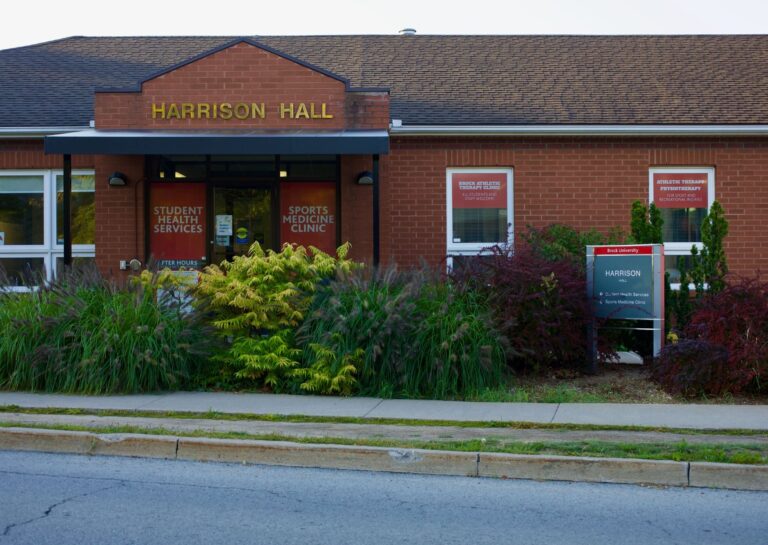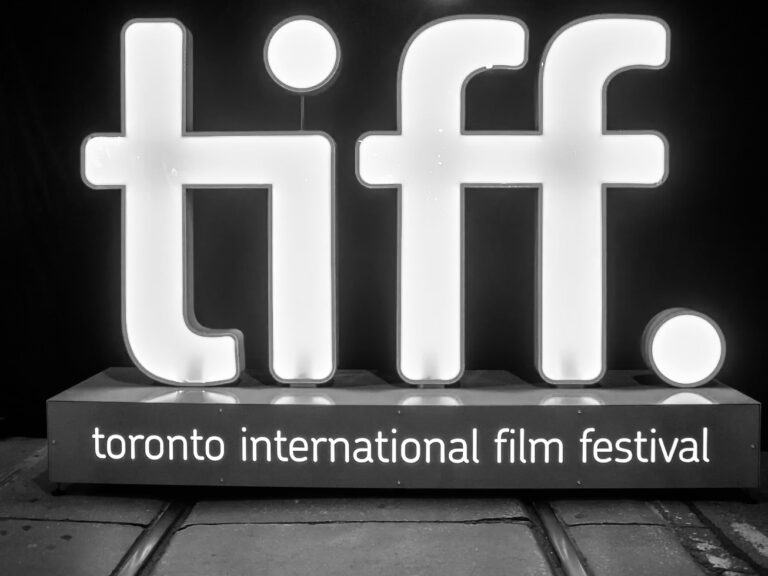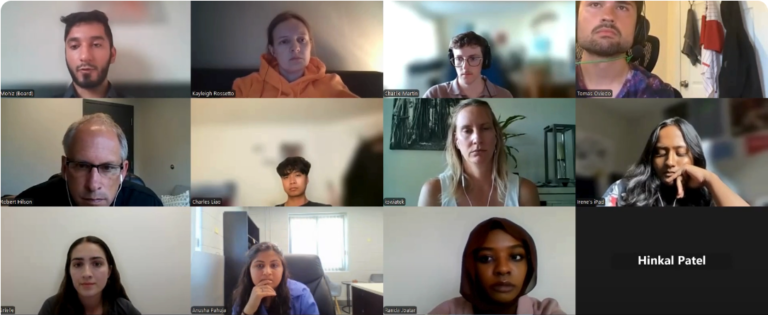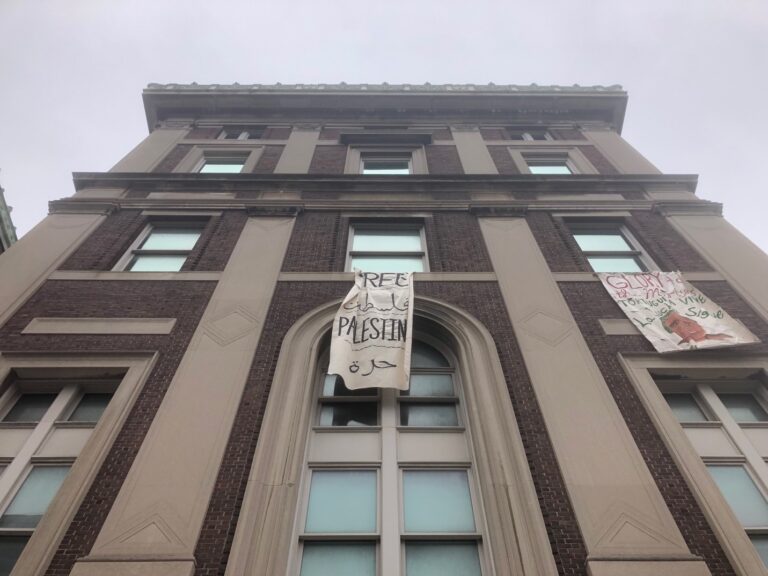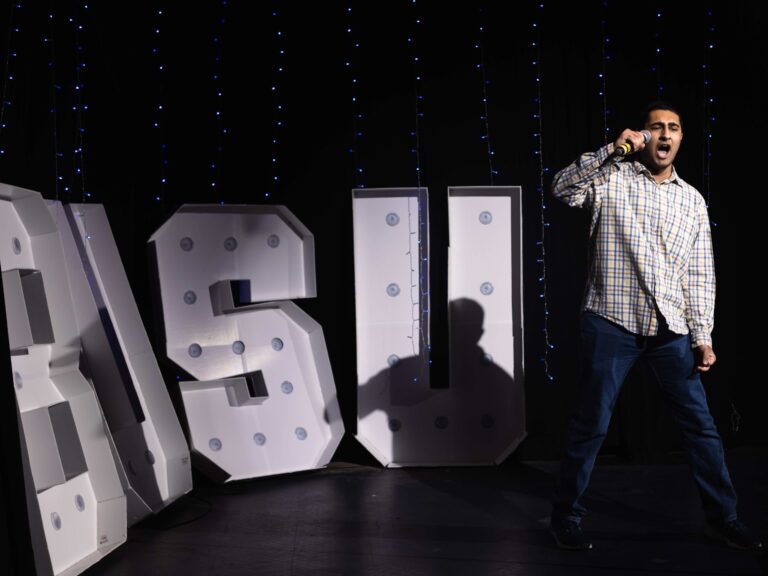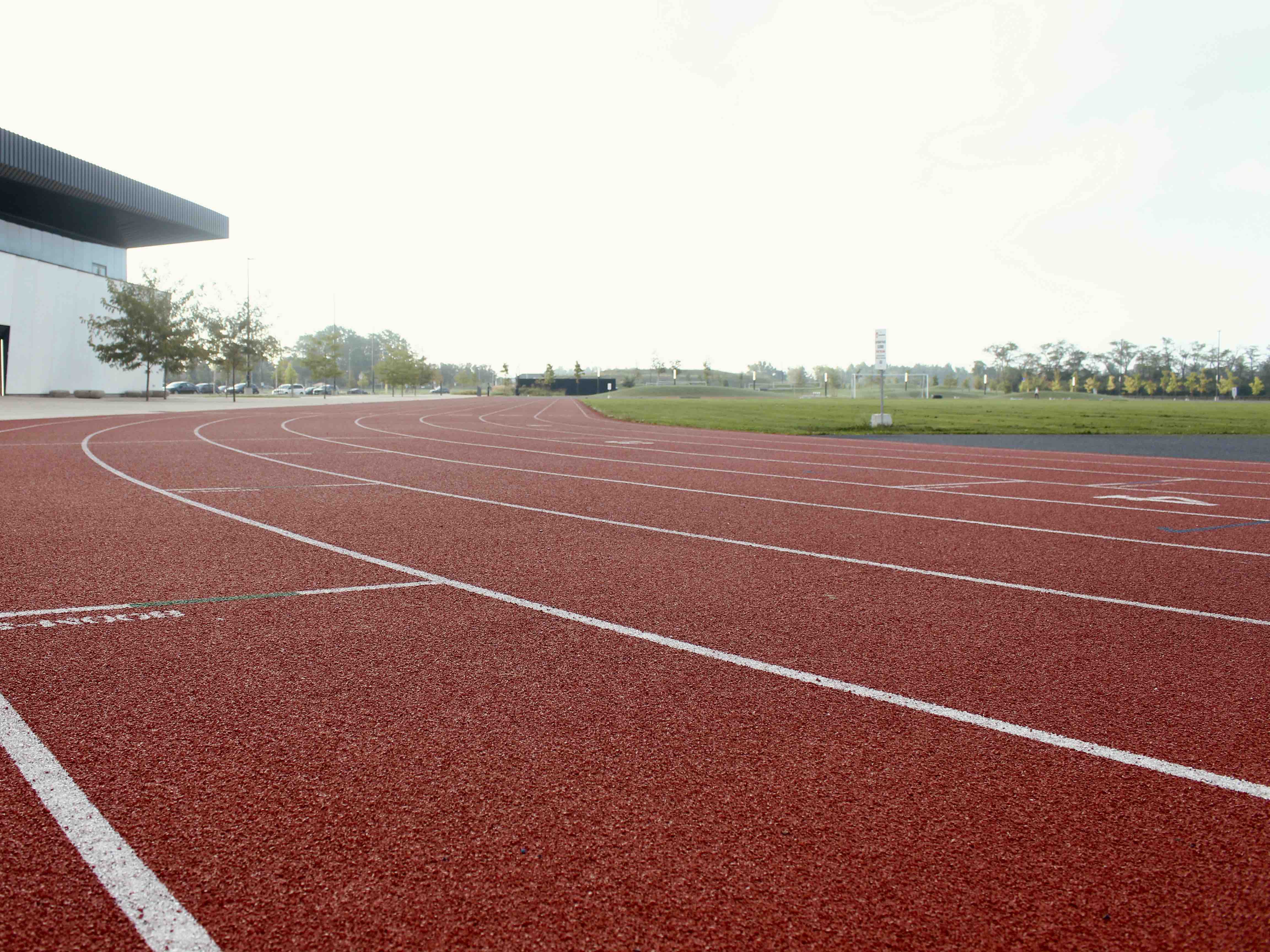Nothing exposes the fraudulent progressivism of the university today more than administrations’ reactions to the student protests that erupted across campuses several months ago.
On April 17, students at Columbia University set up an encampment on their campus grounds demanding that their university disclose their investments and divest from any firms directly or indirectly related to funding Israel’s military.
On April 30, I arrived at Columbia to document the encampment. In just 13 days, the Columbia student encampment became the ground zero of a widespread student-protest movement for Gaza across North America — with a strong showing on Canadian campuses as well. The encampment movement even spread to some campuses overseas.
The night before I arrived in New York City, the Hamilton Hall building on Columbia’s campus — now dubbed “Hind’s Hall” by students in honour of the six-year-old Palestinian child Hind Rajab who was killed by Israeli forces — was overtaken by students causing a campus-wide shut down. The sieging of Hind’s Hall has since been lionized by a Macklemore song in its name.
By the time I reached Columbia’s campus, checkpoints had been erected on all the main entrances to the campus allowing only essential staff and students into the campus grounds.
I had planned to see the student encampment and interview encamped students, but my plans were thwarted as the campus perimeter was under heavy lock and key with the New York Police Department working in conjunction with a private security firm to keep all entrances to the campus interior tightly monitored.
As I loitered on Amsterdam Avenue outside the campus’s main entrance checkpoint, which was adjacent to the recently sieged Hind’s Hall, I managed to speak to a visibly distressed employee of Columbia’s student newspaper, the Columbia Daily Spectator, whose coverage on the encampment and its ensuing student-administration conflict has been exceptional.
I asked the editor what his thoughts were on the then-recently issued threats by Columbia’s administration that encamped students who failed to leave the campus grounds would be suspended:
“It’s ridiculous. From what I’ve seen and where I’ve been, the encampment has been completely peaceful. They are students expressing their rights to protest as Columbia sort of built itself as [representing]. The threats of ‘you won’t be able to graduate,’ ‘you won’t be in good standing with the University,’ ‘you’ll be on disciplinary probation for a year’ is completely ridiculous,” said the Daily Spectator editor.
The Spectator editor is correct to point out the hypocrisy of Columbia’s response to the encampment given their inclusion of famous campus protests in their historical timeline webpage.
In fact, Hamilton Hall had been occupied by students during the protests against South African apartheid with the same — eventually successful — demands of divestment from financial support to the apartheid regime. In that case, the school’s administration didn’t call in any police to remove students during the three weeks it took to broker a peace deal with the occupying students.
Hamilton Hall was also occupied during the 1968 protests which, again, is listed in favourable terms on Columbia’s website’s timeline page. The page mentions the administration’s caving to the demands of students upset at their tuition dollars supporting military agencies among other issues the administration ultimately capitulated to.
By contrast, during these protests Hamilton Hall was cleared out not even 24 hours after it was overtaken by students by a riot police division that N.Y.C. Mayor Eric Adams ordered in. Adams used building glass being broken by the students as a pretext to deem the siege as “violent” — no people were hurt, mind you — and commence a full-on siege of the building with a riot van.
The University signed off on the NYPD proposal for a riot police siege and what was a scene of fraternal chanting by supportive students outside Hamilton Hall quickly turned to frightened chaos as a line of police marched down the avenue with riot shields to make way for their riot van. An automated message blared out of a speaker threatening the arrest of any students who got in their way during the re-siege operation.
And arrest they did.
As the party I was with stayed close to the media teams on the sidewalks covering the riot police clear-out, many a brave protestor who defiantly stayed put against the front entrance of the campus side of the street were zip-tied and taken away by the police.
They were dragged down the street one after the other to the shouts of supportive protestors.
Police drones flew within a few feet of the student protestors who moved to the sidelines snapping photos that were rumoured to be used to suspend identifiable students or at least scare them into going home. It was largely futile.
After a few hours, the riot police cleared all the floors of Hamilton Hall, arresting the occupying student-protestor contingent within.
Student protesters, curious onlookers and media crews eventually dissipated as rain started to fall after the successful re-siege.
In the face of student activism against Israel’s destruction of Gaza, which, as of writing, has produced a death count of over 40,000 mostly innocent Palestinians — many of them children — supposedly progressive universities have largely opted to crack down on their own students and continue funding the genocidal actions of Israel, or at least not disclosing whether they are or not.
Students can’t help but feel they’re being manipulated when the same universities that market themselves as progressive through rhetoric around fostering accepting spaces for minorities and generally caring about the plight of the disempowered are treating student protests the way Columbia did.
What transpired at Columbia compounded a feeling in me that had been gradually building since the Press had a run-in with the spinelessness of our own university administration on Gaza.
Though Brock University didn’t have an encampment (there was a protest held during this past year’s convocation event), the university has been no exception to the type of negligent stance that Columbia and all the other universities that turned their back on their righteous student protestors have maintained.
In November 2023, a department of Brock University cohosted an antisemitism workshop as part of a two-part event for Holocaust Remembrance Week.
After images surfaced online of alleged Islamophobic imagery at the workshop, it was revealed not only that the image was in fact used but also, through audio evidence obtained by the Press, that the presenter at the workshop told a Gazan student in attendance that her civilian relatives who had died in South Gaza from Israeli airstrikes were murdered because they failed to move. With this confident declaration, the presenter completely relinquished any blame for the deaths of the Palestinian student’s relatives by Benjamin Netanyahu and the Israeli Defense Force (IDF) as they continue to bomb civilians.
When it became clear the Press was actively investigating the controversy, what followed was a series of distracting tactics against our coverage. These included unfounded claims of irresponsible behaviour, including a rumour that I had shouted at a rabbi, not to mention legal intimidation, harassment of our staff and claims with no evidence that our coverage of the controversy was antisemitic.
But the wild and egregious claims made against the Press by those willing to look the other way on Israel’s genocidal action were not as disappointing as the failure of institutions that theoretically should be in favour of speaking truth to power to remedy the situation; namely, the media and the university.
A piece on the workshop controversy done by the St. Catharines Standard shortly after the new year centred on complaints received by B’nai Brith (B.B.). The article’s angle was highlighting B.B.’s concerns on the Press’ exposé which, according to B.B., made the Jewish community at Brock feel “unsafe” and that there was a “heightened level of anti-Semitic incitement on campus.”
While the article author tried to keep a neutral approach, they allotted double the comment time to the B’nai Brith representative compared to my comments. They then alluded to the Press’ evidence (the voice memo we obtained) of the event’s speaker making the cruel anti-Palestinian comment at the Gazan student and the Islamophobic image in the following way:
“An article in the Brock Press written by editor-in-chief Haytham Nawaz reported Muslim students in attendance were also troubled by the presentation, which it said included anti-Palestinian and Islamophobic rhetoric. [my emphasis]”
Mind you, the Press offered the reporter who wrote the words the voice memo evidence we had of the statement made by the workshop speaker for their reporting to which they showed a dismissive interest, directing me to an email. There was no follow-up.
Then, lo and behold, when the article was released the only possible allusion to said evidence in the Standard’s coverage is that our article reported “anti-Palestinian and Islamophobic rhetoric.”
Through the willed lack of investigative rigour for the truth of the situation by the Standard, what is a verifiable fact through substantive evidence was rendered into hearsay through cynically employed neutral language and omitting concrete evidence.
Then, there was the failure of Brock University to address their active complicity in the comments made and images used at the event co-hosted by Brock HRE.
Brock’s administration, like the Standard editor, took an ostensibly neutral line on the controversy. They provided the following comment to the Press during the aftermath of the workshop fiasco:
“Universities serve society through the cultivation of enquiring minds, but we acknowledge that our freedoms are accompanied by a responsibility to foster civility in critical dialogue. We recognize that members of the University community may hold strong and opposing views on the longstanding conflict in the Middle East and we remain steadfast in our commitment to providing a safe and supportive learning and working environment for all. There is absolutely no place on our campus for hate speech, antisemitism or Islamophobia.”
Notice how nowhere in this statement does the University apologize for co-sanctioning an event that led to telling one of their own students, whose relatives in Gaza were murdered by the Israeli military, that those relatives’ cruel fate was the result of their own ignorance instead of Israel’s complete and certainly intentional disregard for civilian life.
The Brock administration’s response to the workshop debacle, using language of inclusiveness and supporting “critical dialogue” parallels the double standard of Columbia’s response to their encampment while they tout their inspiring history of successful student protests.
A perplexing question follows from these patent double standards: If Western universities today are accused by the right as being bastions of the radical left, how come the majority of them, such as Brock and Columbia, have had such contemptable reactions to the injustice being committed on Gazans.
The answer lies in the political ideology of neoliberalism with its decentralized market-first orientation leaking into how universities increasingly operate and how their administrators think.
Cultural theorist Gayatri Spivak noted that before the neoliberal revolution had cemented by the 1980s, “the university” had as its referent a community of scholars. Post-1980, Spivak argues, the referent of the university became the administrative bureaucracy.
Spivak isn’t wrong; the ratio of administrators to teaching faculty in academies today sees the former outnumber the latter by staggering numbers as the common sense of neoliberal management is that the professional-managerial class (PMC) are the only people who are fit to govern major institutions in society. This is largely because the PMC is perceived as economically minded, emphasizing the cold reality of efficiency and numbers uber alles.
What this means is that all the inherent virtue which higher education instills into society through the creation of a more understanding and productive population are warped into a caricature for marketing to get more enrollment and tuition.
The logical outcome of this mismatch of ideals engendered by marketized bureaucracy in higher education is that liberal-diversity representation politics becomes a paper tiger for more effective forms of progressivism. This is best represented in the goals that DEI (diversity, equity and inclusion) departments set for having a certain number of “x” or “y” classes of people enrolled or receiving grants to make up for disparities. The subtext of these initiatives is that, yes, this disparity exists, and we can help make sure only a minority of individuals from this underprivileged group can also win the rat race.
This dynamic has the multiplicative effect of drawing in more enrolment from minority populations with the hopes they can be the face of the individualist success story that capitalist societies saturate the culture with.
The appeal to diversity and safeguarding against hate speech in Brock’s comment to us, while having co-sanctioned the very event that facilitated hateful speech, shows that the faux-progressivism of the university is founded on a flimsy perverse logic of diverse representation and protection of minority classes for the sake of appearing progressive to maximize potential tuition across different groups.
This is not to say that things like DEI initiatives at college are regressive or not beneficial in some ways, but that they are the absolute limit of the neoliberal university’s pretences to the utopian ideals of egalitarianism and being ethical which are inherent qualities of education.
The common response to student activism from university administrations about Gaza — censorship, police crackdown, gaslighting language about values of preserving differences of opinions between conflicting peoples — reveals that their being the central site of the production of shallow diversity politics is largely a ploy to paper over its bottom line of wanting to not alienate a portion of its tuition-paying clients by doing what’s right.
Not doing what’s right in this case comes with the added benefit of these very universities that crack down on their protesting students continuing to invest and profit from firms which are complicit in a plausible genocide.
Brock and Columbia’s respective screwups on Gaza are instructive for a larger issue needing urgent addressing: university censorship on and financial aiding in the destruction of Gaza that protesting students find appalling reveals the ethical and intellectual bankruptcy that private-sector thinking has imposed on our primary educational institutions.
It’s time for a change in the university system, and while that will require a whole overhaul of the political-economic order that has reigned for the last five decades, axing the fief-like administrator bureaucracy — of which the costs are one of the main reasons for tuition reaching ridiculous levels in recent decades — would be a good start for now.

